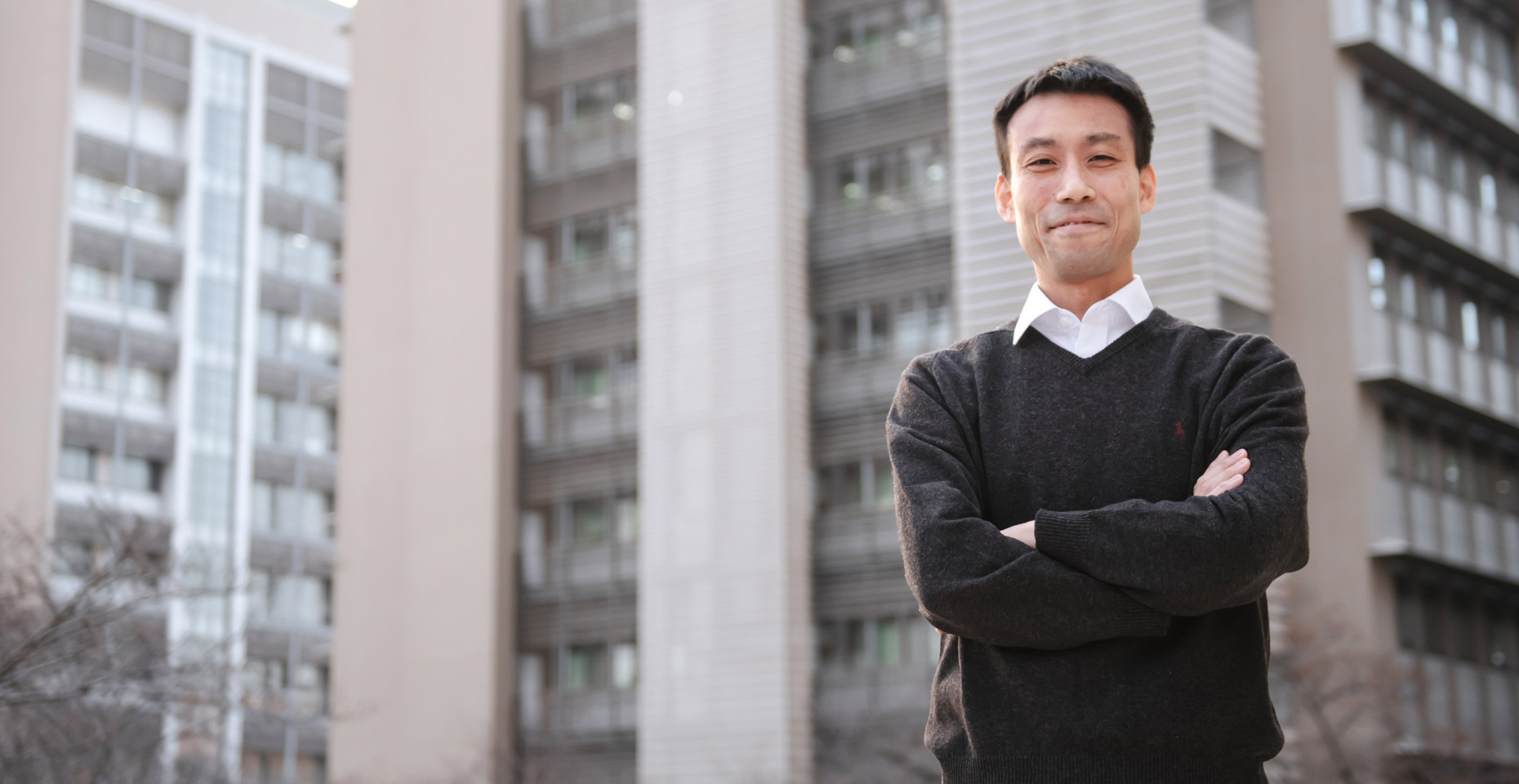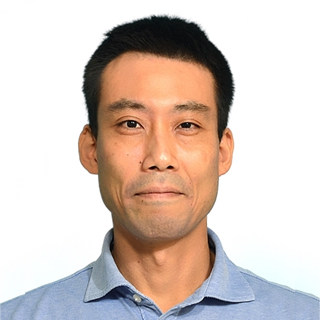Professor Atsushi Onodera embarked on his science journey during elementary school, driven by a passion that would eventually lead to becoming a dedicated researcher. Focused on the epigenome―the intricate environment surrounding the genome―he delves into unraveling the mechanisms underlying immune abnormalities and cell differentiation. His remarkable achievements, recognized with the Chiba University Award for Distinguished Researcher, and the high expectations placed on his future accomplishments can be attributed partly to his unique research approach―a ‘Two-way player’ in biology and data science. We sat down with Professor Onodera to uncover how he seamlessly integrates these two seemingly disparate fields and explores his path to success.
Unveiling the root causes and backgrounds of disease through immune cell ‘modifications’
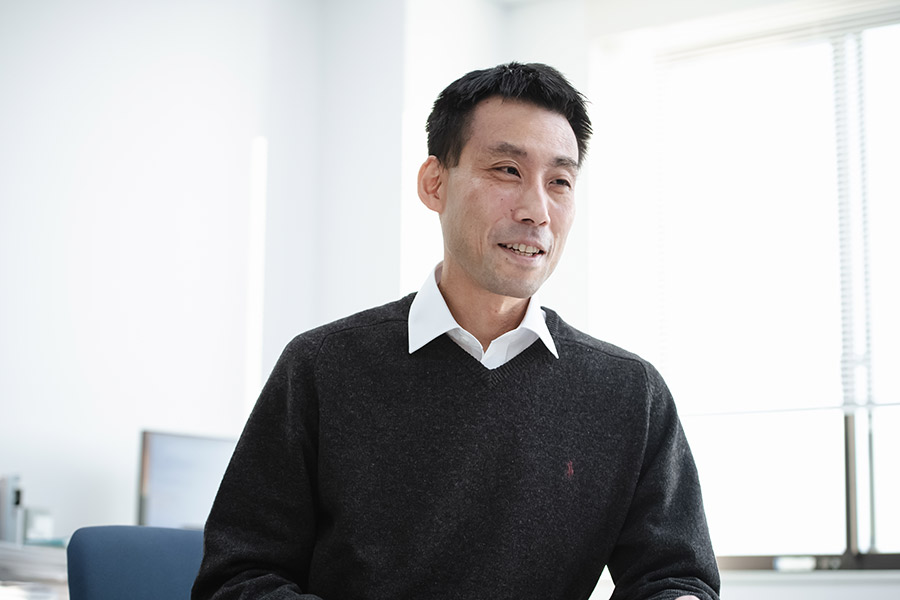
Could you briefly explain a keyword of your research, ‘epigenome modification?’
It is widely recognized that each cell within the human body retrieves essential information encoded in the genome, often referred to as the ‘blueprint of life,’ to facilitate various physiological processes. Molecules that influence the interpretation of genetic information either attach to the genome or be removed from it. This process is known as ‘epigenome modification.’
My focus lies on understanding the epigenome modification in immune cells, particularly the attachment and detachment of molecules called ‘methyl groups.’
In living organisms, there are instances where genetic regions are meant to be ‘turned off’ by methyl groups but end up being activated when these groups are removed, and vice versa. When such modification errors occur within immune cells, they can give rise to diseases such as allergies, where immune cells become hyperactive or, conversely, fail to properly function when needed, leading to the unchecked proliferation of invading viruses within the body.
While implication in the immune system is involved in almost all diseases, much remains unknown about how dysregulation of the epigenome modification of immune cells affects human health. I am now actively engaged in research to unravel these intricacies.
You’re focusing on fundamental aspects of life science
Indeed. While mainstream medical research on immunology focuses on understanding the mechanisms behind inflammation and the development of treatments, my research might be more esoteric.
Through my work, I aim to unravel more profound mysteries of life science. One such puzzle lies in the fact that Life begins with a single fertilized egg, and despite countless cell divisions, the genome of each cell retains the same DNA sequence. The question of “how these cells differentiate into various organs” is a profound mystery. By investigating how epigenome modifications affect cell differentiation, I hope to uncover insights that go beyond the scope of current biology textbooks.
Two-Way Researcher: Bridging Biology and Informatics

How do you usually proceed with your research?
To analyze changes in epigenome modifications and their consequences, I first extract DNA and RNA from immune cells in genetically modified mice. Then, the results are scrutinized using a cutting-edge device called a next-generation sequencer*. What sets my research apart is not only the utilization of established analytical methods but also the development of novel approaches tailored to specific objectives.
*Next-generation sequencer (NGS): The human genome comprises approximately 3 billion base pairs, encapsulating genetic information inherited from ancient ancestors. This huge genomic data can be analyzed in batches of tens of millions of base pairs at a time by using a device called NGS, enabling the extraction of precise details such as individual genetic profiles, genome mutations, and the progression of diseases like cancer. This device serves as a vital tool in this analytical process.
I imagine that not so many researchers can handle experiments involving biology and cells, as well as data analysis.
Well, it might be like trying to pitch and bat simultaneously in a game. However, I’ve always aimed to cultivate this versatility as my own forte, even before stepping into independent research.
Now, please go back in time a little and tell us how you arrived at this research theme and style. When did you decide to become a researcher?
When I was nine, my family moved to the U.S. because of my father’s job. I didn’t speak English yet, so school was tough. My first English vocabulary test was a disaster―since I couldn’t understand what the teacher was saying, I had no way of preparing for the test.
After that, I studied hard, took the test, and scored way higher than my English-speaking classmates. That’s when I realized I could compete by focusing on what I was good at, like math, where language didn’t matter.
Back in Japan, I reflected on my strengths and realized studying was where I excelled. While I enjoyed sports in club activities, I knew I wouldn’t go pro. So, I decided to be a scientist. That decision came about during my upper elementary years.
Embracing math and physics over biology during my high school years
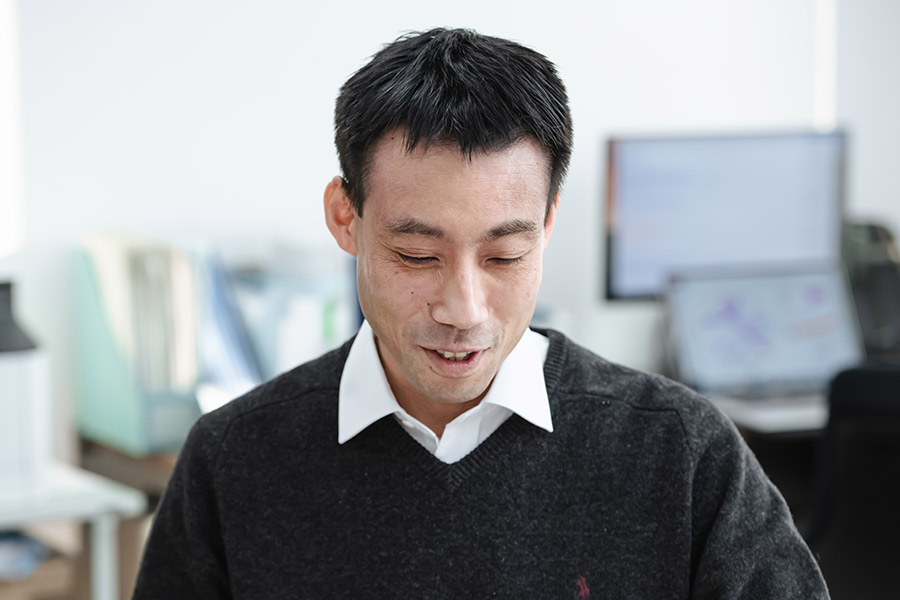

Did your interest in biology develop as you progressed through junior and high school?
No, my passion had always been for mathematics and physics. However, during my time in a liberal arts program at the university, I became aware of the rapid advancements in the life sciences over the past several decades.
Events like Dr. Susumu Tonegawa’s winning the Nobel Prize in Physiology or Medicine and the creation of the cloned sheep Dolly occurred during this period. While there hadn’t been any groundbreaking discoveries reshaping mathematics or physics school textbooks for a long time, the field of biology was consistently evolving with new findings.
Recognizing the potential for a more fruitful career in biology research, I decided to major in chemical bioengineering at university. This field aimed to explain intricate biological phenomena as ‘chemical reactions between substances.’
During my fourth year, I joined a research lab where I conducted numerous experiments using antibodies and eventually found immunology particularly interesting. Thus, after completing my bachelor’s studies at the University of Tokyo, I participated in the MD-PhD program at Chiba University School of Medicine, one of the leading institutes for immunology.
After spending four years earning a bachelor’s degree at the University of Tokyo, did you spend another eight years comprised of four years M.D. and four years PhD courses?
That’s correct. It took a total of 12 years to earn both M.D. and PhD degrees, which is quite a bit longer than the average university experience in Japan. However, it’s common in the United States.
During my time in medical school, I became fascinated by the concept of epigenome modification, where the behavior of a cell can be altered by attaching or detaching a single molecule. Working in Professor Toshinori Nakayama’s laboratory, I gained valuable research skills and insights. As I neared the completion of my PhD studies, the field of ‘Bioinformatics,’ began to thrive, blending biology and informatics. Recognizing this as a promising opportunity, given my affinity for mathematics and physics, I decided to pursue research in epigenome modification using bioinformatics. My goal remains to introduce one new mathematical formula or analysis method per paper, although it depends on the specific theme I’m exploring.
Preventing disaster-related deaths is another mission of medicine
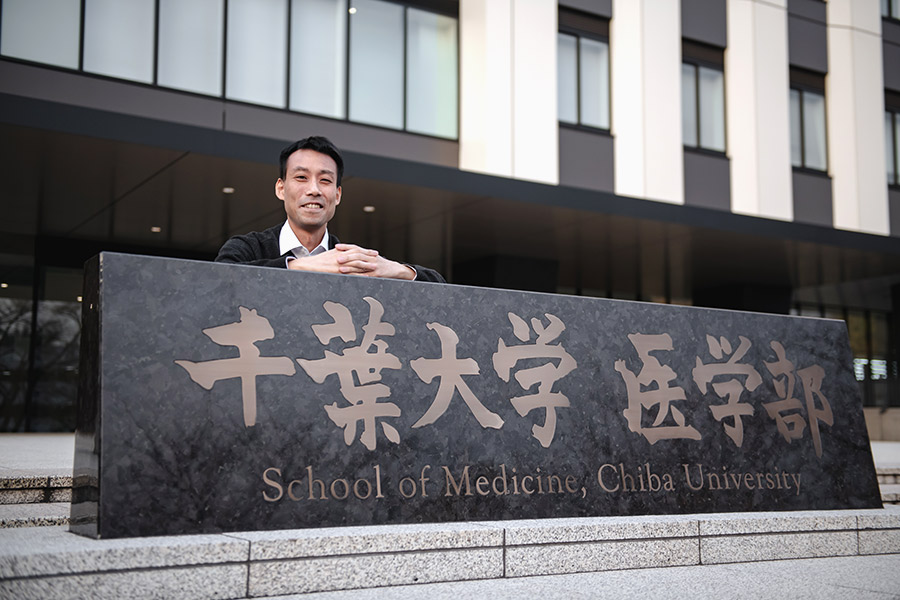
In 2023, you also assumed a position at the Research Institute of Disaster Medicine. What are your responsibilities there?
Following a natural disaster, many individuals experience health challenges due to prolonged evacuations. Particularly, elderly people face a heightened risk. Recognizing a potential link between changes in epigenome modification and physical aging, I would like to perform genetic testing on elderly evacuees and elucidate higher risk factors other than their chronological age based on epigenome modifications. My aim is to develop a rapid screening method for identifying individuals at elevated risk.
In addition, while past focus has largely centered on the elderly, it’s essential to acknowledge the significant impact of disasters on children’s health. This includes both the physical effects of inadequate nutrition during critical growing stages and the socio-medical effects, such as disruptions in schooling. Addressing these often-overlooked aspects is crucial, and conducting research aimed at tailoring disaster healthcare interventions to different life stages across generations is imperative.
Recently, I had a fascinating conversation with a professor from Chiba University’s Center for Environmental Remote Sensing, where I realized the similarity between the algorithms used to predict typhoon paths and those employed in cell differentiation. Just as atmospheric pressure data informs typhoon trajectories, cell differentiation is guided by numerical data on gene expression patterns. This shared principle is immensely intriguing. I envision collaborating across departments and fields, such as collecting weather data with my remote sensing colleague and linking it to my research on cell differentiation.
I aim to foster collaborative research efforts with organizations outside the university, constantly seeking new research avenues and embracing fresh challenges. I believe that researchers should not confine themselves to a single domain. Consequently, my lab welcomes undergraduate and graduate students eager to explore new frontiers and conduct research alongside us. I also welcome students from diverse academic backgrounds, including those outside the medical school, who wish to apply their specialized knowledge to elucidate biological phenomena.
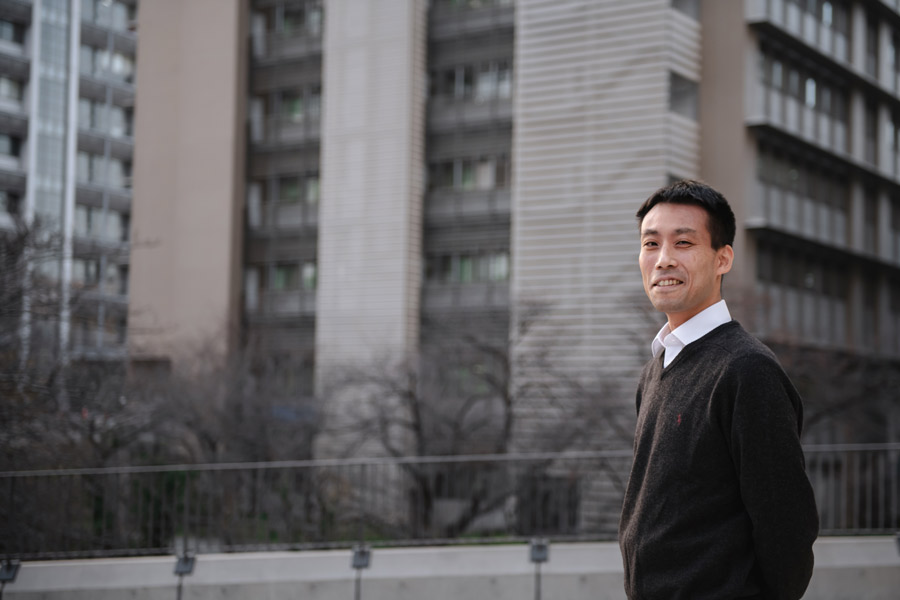
Recommend
-
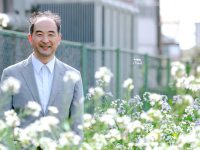
Viewing a Diverse World through the Lens of Agriculture and Food: Enriching Global SDGs Education with Insights from Extensive Overseas Field Research
2023.08.31
-
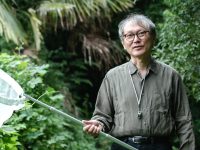
An Insect Enthusiast’s Pursuit: Pesticide-Free Farming for Human-Insect-Crop Harmony!
2023.10.30
-
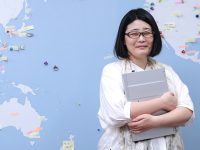
Navigating the Society-driven Research: PPI and the Quest for Research Integrity
2025.02.27


